- Hubbell Power Systems Blog
- Foundations
Foundations
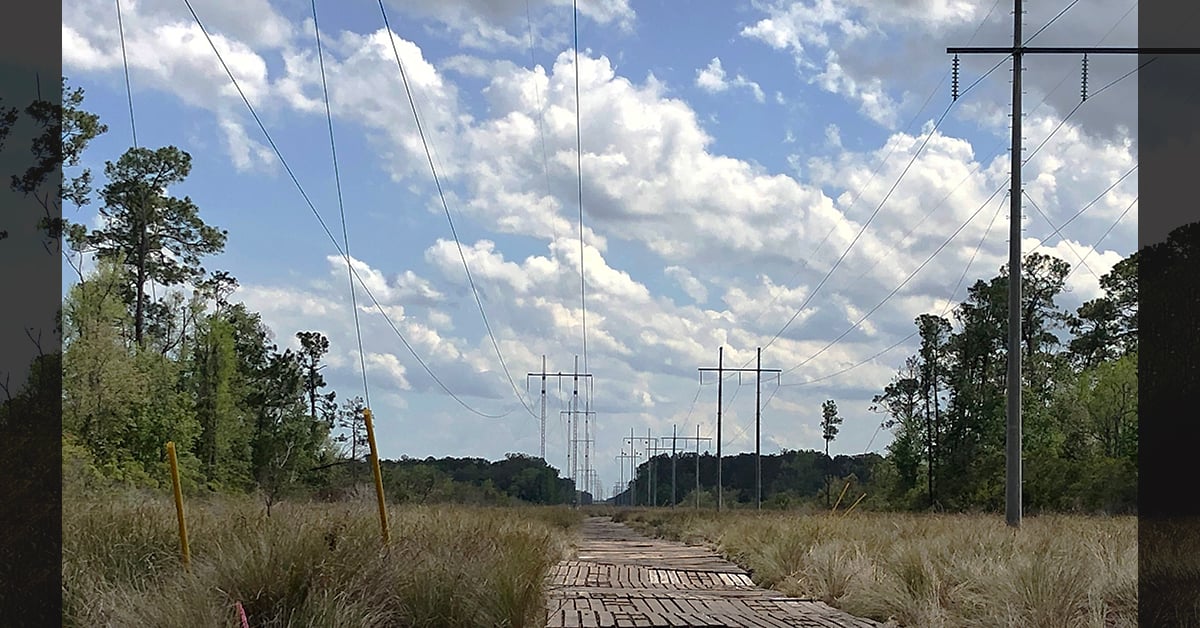
Written by Gary L. Seider, PE
This post was originally published on January 3, 2020 and updated on June 21, 2022.
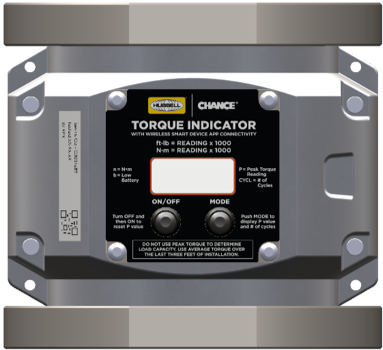
Written by Tim Staelens
The torque-to-capacity relationship for helical anchors and piles is an empirical method originally...
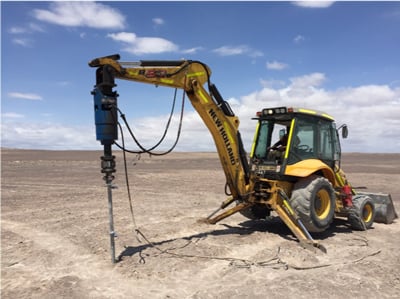
Written by Tim Staelens
Caliche is best described as salt-cemented sand. Naturally occurring in arid and semi-arid regions,...
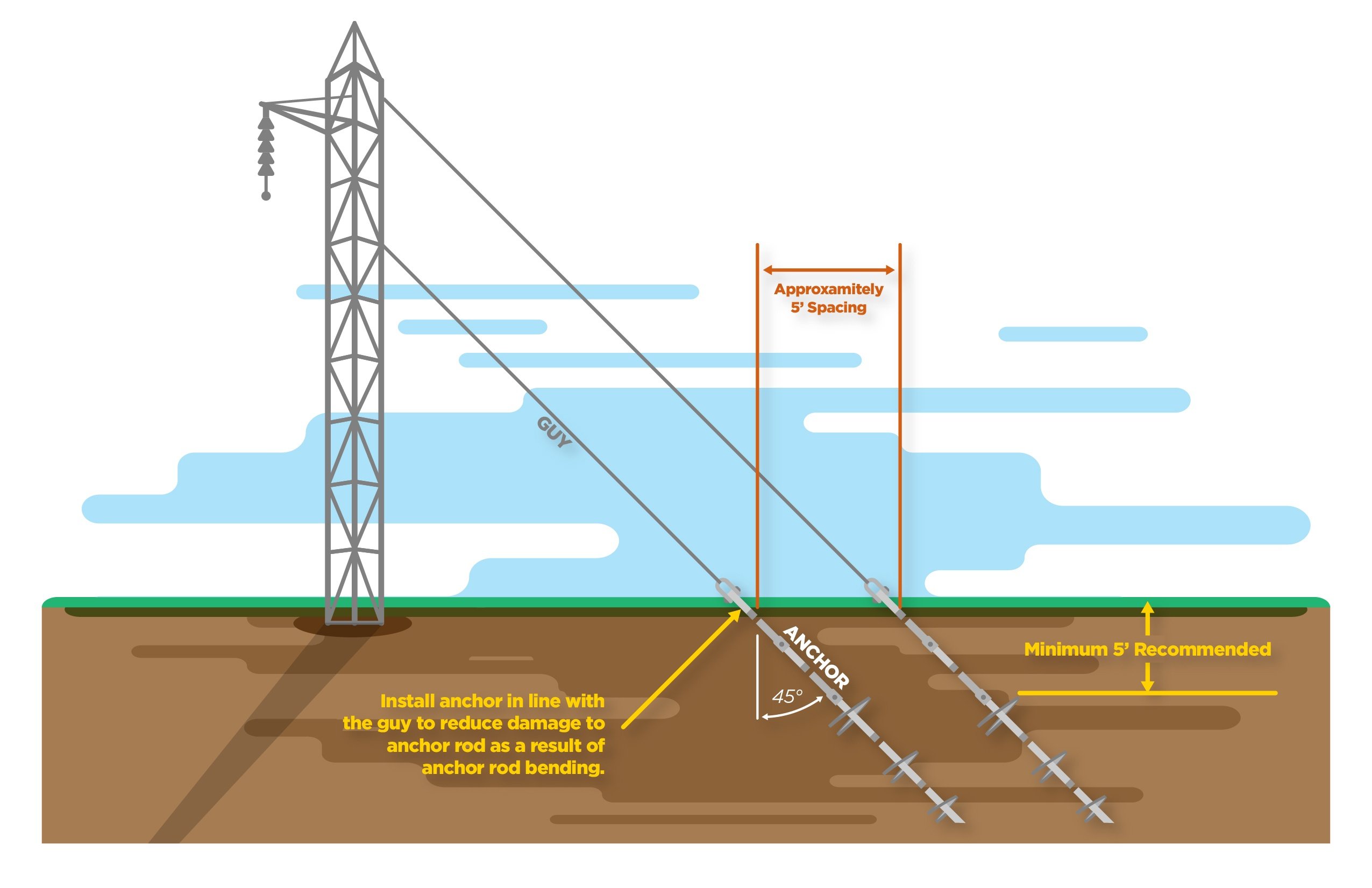
Written by Hubbell Power Systems
Rising water can damage or weaken existing transmission line and substation utility foundations. In...
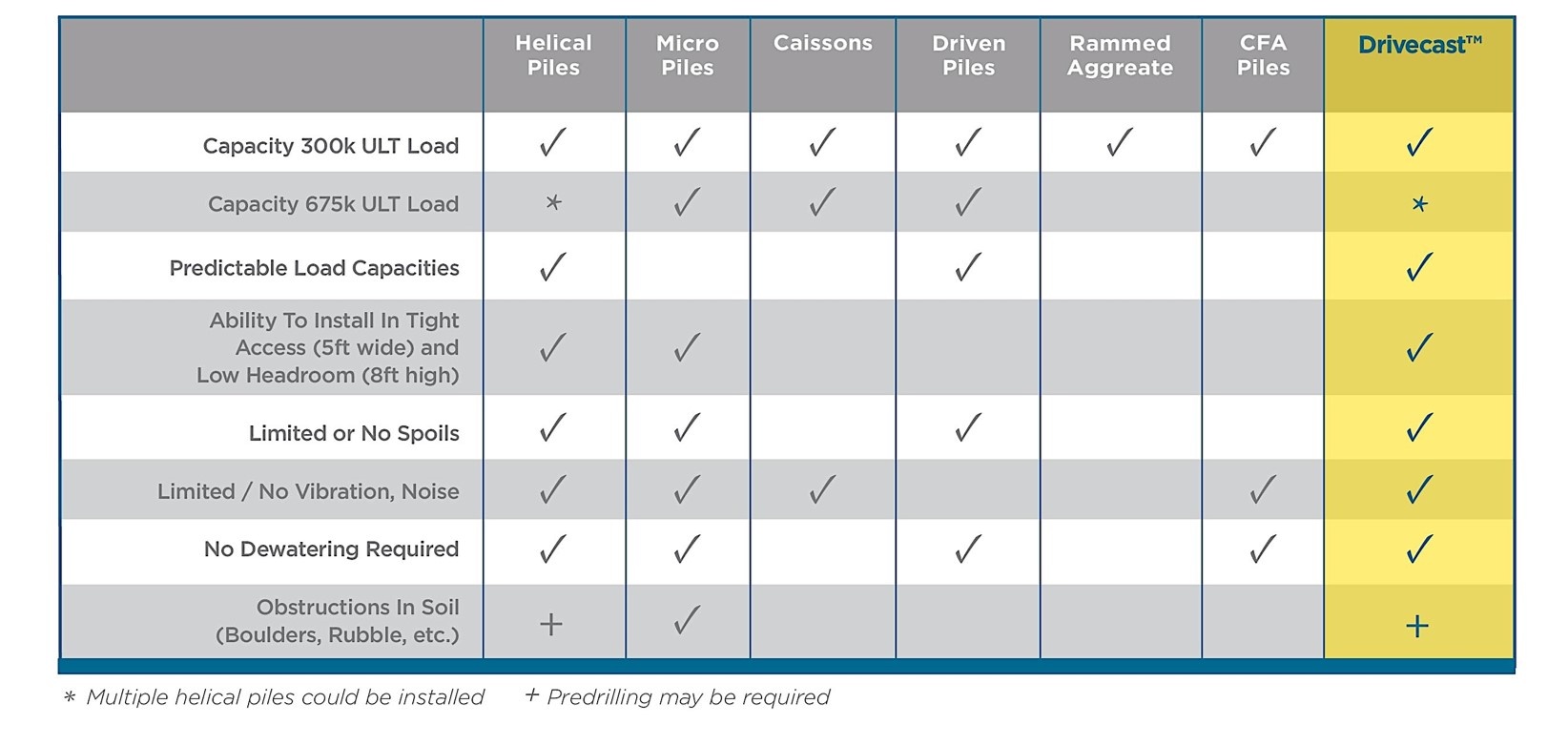
Written by Gary L. Seider, PE
There are seven key deep foundation solutions: helical piles, micropiles, driven piles, rammed...
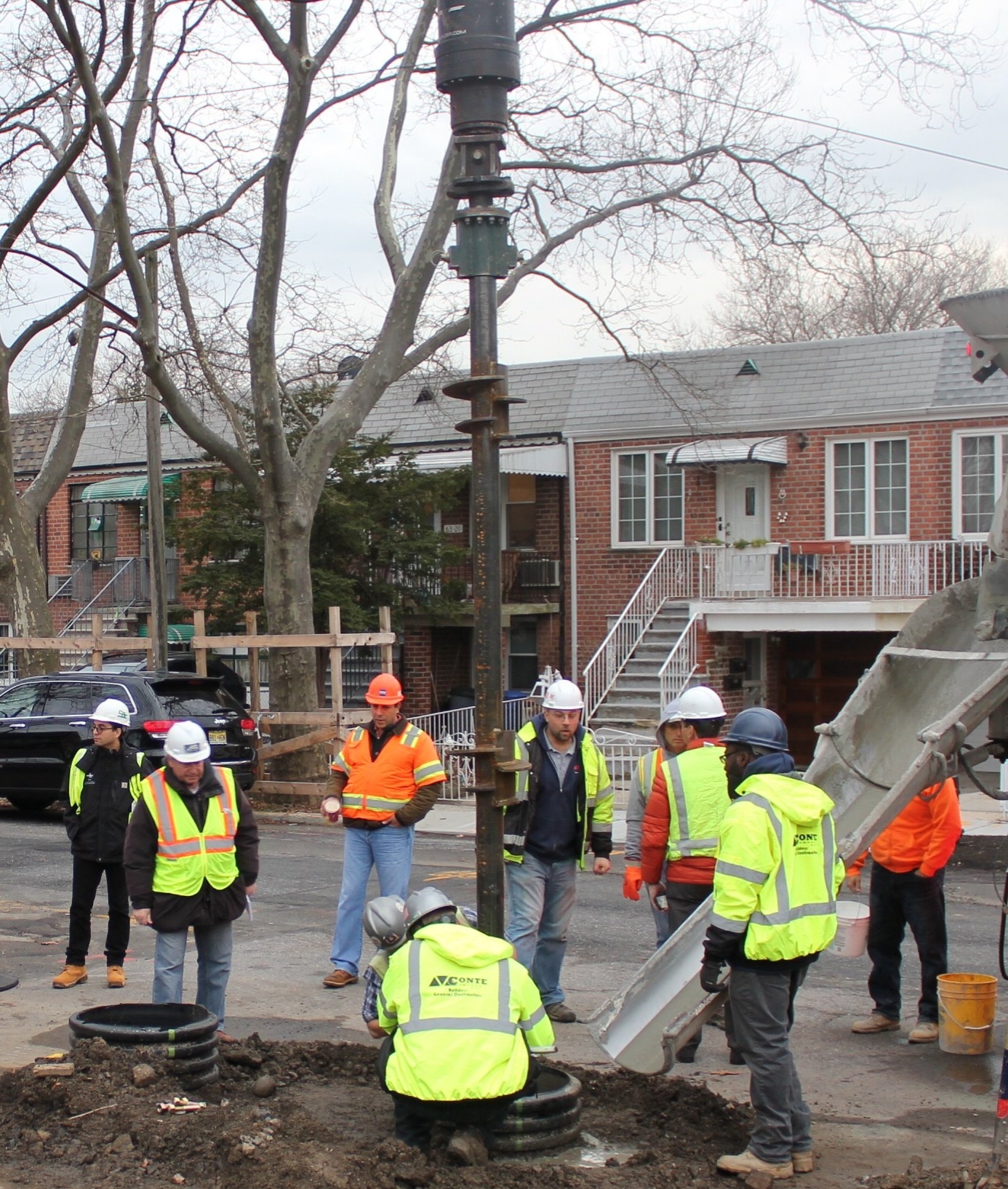
Written by Gary L. Seider, PE
As the CHANCE® Drivecast™ screw displacement pile is rotated into the ground, it compresses the...
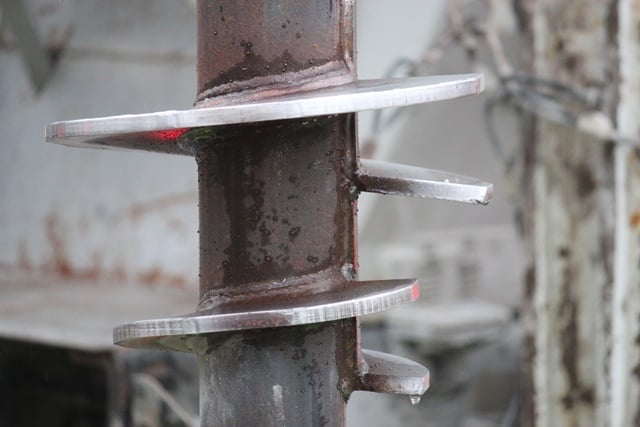
Written by Gary L. Seider, PE
Construction crews and installers face a significant investment financially and time-wise when...